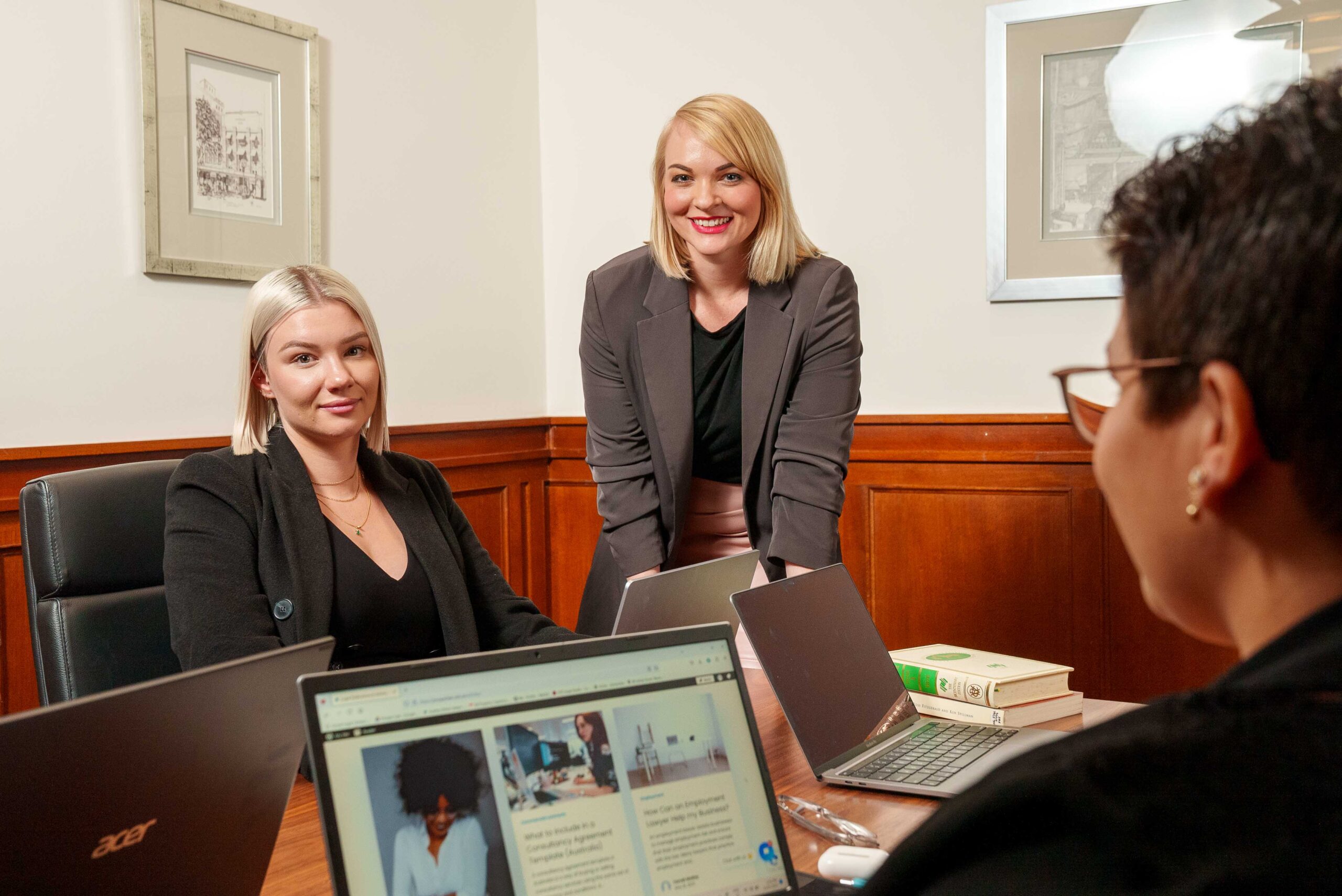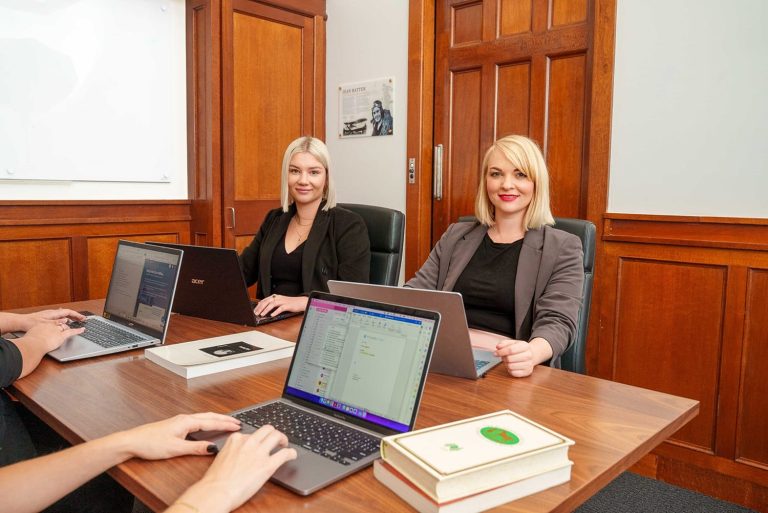
Copyright Orphan Works Guide by Lawyers online
Publishing copyrighted works without the identity of the accused being revealed has become rampant nowadays. Because of this, there are problems with getting permission and use of materials without the
Owning copyright gives the owner a right to grant licences to that copyright. A person who receives certain rights may also possess the right to grant a license. Copyright ownership and licensing can be complicated.
The Copyright Act 1968 (Cth) governs copyright in Australia. Copyright is the legal protection for creators of books, plays, music, art, movies, and recordings. It also extends to software code, engineering drawings and other written creations of the mind.
Copyright can be an area of law that is confusing. In this article, our copyright lawyer, explains who owns copyright. The article discusses protecting copyright and choosing the right words for a copyright license.

Copyright owners have special rights under the Copyright Act 1968. They can control how they use their work, earn money from it, reproduce it, and transfer ownership to others.
Copyright provides legal protection. It achieves this by granting the owner enforceable remedies if someone copies or uses their work without permission. A person using copyright without consent infringes the owner’s copyright and may become liable for damages. A copyright lawyer can help creators understand what legal remedies they may have.
A creator owns the copyright of the creations. For example:
There can be multiple owners of creations. For example, in cases where
Australian law does not mandate copyright registration because copyright protection in Australia is free and automatic. The copyright owner benefits from copyright protection and exclusive rights as soon as they create the work.
The Copyright Act protects your art, an audio recording, stories, and music under copyright law.
When a creator records their work, they become the copyright owner. They do not need to take any additional steps to protect it. In Australia, you do not have to register, apply, or pay for copyright. It automatically exists in your work once you create it.
Moreover, there is no need to put the copyright symbol © on your work. However, doing so is preferable because:
Other measures to protect your work include:
This is a copyright notice.
Copyright protects creative material. Two categories of material protected by copyright include works and subject matter other than works.
Works include literary, dramatic, musical, and artistic works. In comparison, subject matter other than works includes sound recordings, films, broadcasts, and published editions of works.
Copyright law does not provide legal protection for every kind of work. There are some things copyright does not protect, for example:
To learn more about what copyright does not protect, consult a copyright lawyer.
Copyright protects the creator’s rights, which include economic rights and moral rights.
Economic rights concern the owner’s ability to make money from the work and include:
Moral rights, on the other hand, are independent of financial gain and create special rights, which include the following:
As any intellectual property lawyer will advise, copyright protects the expression of ideas, not the ideas themselves. Because there is no copyright in an idea. You must record copyright in a tangible and material form, whether written or otherwise.
An original expression of ideas that finds its way onto paper may be subject to copyright protection.
Copyright protects original forms of expression. Work must be ‘original’ to receive copyright protection. This means that:

Creations are automatically the property of the copyright owner under the Copyright Act 1968 (Cth). Copyright is an intangible asset that gives the author similar rights as other property owners. Individuals and companies can buy and sell copyright, just like other forms of property.
A person can transfer copyright ownership to another person through a contract called an assignment of intellectual property. The person who receives the transfer of the copyright becomes the new owner. A copyright lawyer should prepare intellectual property agreements.
Copyright is something different from the tangible object that is the subject of copyright. Buying an item does not mean the new owner of the product becomes the owner of the copyright in that product.
The transfer of the product does not necessarily cause a transfer of the copyright. Creators can sell their work but retain their ownership of it.
You can also read about copyright orphan works.
For example, a painter sells a painting.
The artist keeps the rights to the image of their artwork, even if they no longer own the physical painting. This means the new owner cannot make and sell copies of the painting.
In simpler terms, creators can still reproduce, publish, or share their copyrighted work and give these rights to others. No one can use the copyright without the creator’s permission.
Being clear about what rights you own and retain in the works you create is important.
Contracts frequently outline the sale, transfer, or licensing of rights to copyrighted works to the other party. A copyright lawyer or a contract lawyer should prepare these documents.
Creators can licence the copyright they own to a third party, known as the ‘licensee’. With a licence, the third party can exercise some or all the exclusive rights of a copyright owner.
They can use the copyright as described in the licence, but the copyright owner remains the ultimate owner of the work.
Two main types of licences exist – an exclusive licence and a non-exclusive licence.
The licensee is the only person allowed to use copyright in a specific manner. The copyright owner cannot use the copyrighted material or allow others to use it. An exclusive copyright license is similar to ownership. The difference between the two depends on the wording of the intellectual property license.
The licensee can use the copyrighted material within the scope of the licence. The copyright owner can use the copyrighted material and permit others to use it as well. They can also sell the copyright.
Generally, when someone grants a copyright license, they sign a copyright license agreement or intellectual property agreement. An intellectual property agreement must outline important matters such as:
A copyright lawyer should prepare any agreement that deals with something as important as copyright.

An intellectual property agreement should also state:
Like most contracts, a licence may be oral, implied, or arise from the conduct of the parties, or be in writing. In other words, you do not always have to enter into a written licence.
But, it’s a good idea to have a written agreement when dealing with intellectual property. This way, both parties have a document to refer to if there is a disagreement. It also ensures an objective record of what the parties agreed to. Without a written license, it may be hard for both parties to show the terms or existence of the license.
The owner needs to have an intellectual property license prepared by a qualified lawyer specialising in intellectual property. This will ensure proper ownership and rights to their work.
A sublicense occurs when a person with a license allows someone else to use some of the same rights or privileges. This means that the original license holder is permitting another person to use part of their rights or privileges.
In other words, a sublicense is when one person shares their license with someone else. In other words, in a sublicense, you can grant a licence to another person to use the copyright. Subsequently, the person holding the licence gives some other person a sub-licence to use the same copyright. Consulting with a copyright lawyer about sublicensing is crucial as it may restrict the rights of the copyright owner.
Using sub-licencing, you can maximise the value of a copyright licence. The licence holder can enable more effective and efficient distribution, provide greater market acceptance, and generate more licencing revenue.
Sublicensing requires prior written permission from the owner. A copyright lawyer can set this out in the terms of the original copyright license.
The licence may state ‘The owner grants the licensee the ability to grant sublicenses on the same terms as this copyright licence’.
However, it may be impractical to permit every sublicense. This is because the nature of the copyrighted work means that there will be a large volume of licences granted. Here Copyright Management Companies can be of some help.
Copyright Management Companies can help you licence your copyright to third parties. They will negotiate your licenses, collect royalties, and keep a portion of the fees as a commission. After that, they will distribute the remaining amount to the owner.
When signing up with a collecting society, the owner transfers the rights to:
An implied copyright license is created by law without an actual contract between the parties. The licensee gets the right to use the copyrighted work. But their right may be limited.
One party creates a copyrighted work on behalf of another, giving rise to an implied license. For example, let’s say you hire someone to create an illustration for a book. You are hiring them for a specific purpose. They will be creating a piece of work for you.
At the same time, the artist may own the copyright to the illustration. In this case, you have an implied right to use the illustration in the manner and for the purpose agreed upon when you commissioned it.
The court held that two or more people can own copyright jointly if they are joint authors of copyright material. People are joint authors when they cannot separate their contribution to the work from the contribution of the other.
To be a joint author or co-author, a person needs to make a significant and original contribution. This contribution combines their work with copyrighted material.
The Court looked at the rights of a film producer.
The court determined that the film producer had permission from the writer/director to distribute the film. This permission was not in writing, but it was still valid.
No formal agreement transferred the film’s copyright to the producer. The producer and the writer/director agreed on the fees the producer had to pay. However, there was no written contract.
The Court looked at the rights of media outlets. Freelancers and journalists often allow media outlets to publish their content even if they are not employed by them. They permit the outlet to use their work. This means that the outlet can publish the content that the freelancers and journalists submit.
If you need legal advice regarding copyright protection, you should contact a copyright lawyer.
In Australia, copyright ownership refers to the legal rights given to creators and authors of original works. These works include literature, art, and music. These rights provide creators with exclusive control over the use and distribution of their works for a specified period. Copyright ownership automatically arises upon the creation of the work, without the need for formal registration.
In Australia, the duration of copyright protection varies depending on the type of work. Generally, for literary, artistic, and musical works, copyright lasts for the life of the creator plus 70 years. For films and sound recordings, copyright protection lasts for 70 years from the date of creation or first publication. Understanding the duration is crucial for determining when a work enters the public domain.
Yes, individuals or entities can transfer or license copyright in Australia. Transferring copyright involves the permanent transfer of ownership from the creator to another party. Licensing lets the creator keep ownership but give certain rights to others for a specific time and purpose. To make both transfers and licenses legally enforceable, you must document them in writing.
The Australian Copyright Council is a not-for-profit organisation. The ACC is a community legal centre that promotes the benefit of copyright for the common good. It does this by providing information and assistance to creators and consumers of copyright material.
We provide legal advice to business and individuals across Australia, no matter which State or Territory you are located. Our easy-to-access, online legal services mean that you can talk to our lawyers wherever you are, at a time that suits you.
4.5
Google Reviews

Don’t hesitate – reach out for your free legal assistance today. Your peace of mind is just a click or call away!

Publishing copyrighted works without the identity of the accused being revealed has become rampant nowadays. Because of this, there are problems with getting permission and use of materials without the

An intellectual property licence agreement describes how and when a person is granted rights to use intellectual property. The licence agreement may also set out the purpose for which IP

Common law trademarks are unregistered trademarks protected under Australian Common Law principles. They are not registered but enjoy protection based on their use and goodwill. In this article, Farrah Motley,